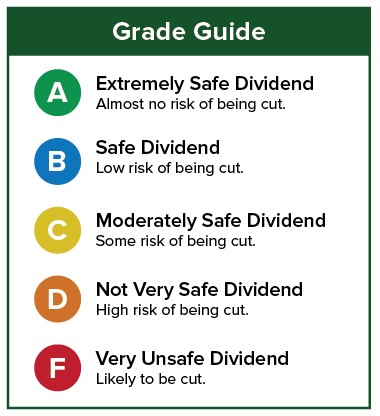We’re entering a new stage in the biotech sector. Biotechs are starting to pay dividends. Gilead Sciences (Nasdaq: GILD) recently joined Amgen (Nasdaq: AMGN) as blue-chip biotech stocks that are returning capital to shareholders in the form of dividends.
Amgen has paid a dividend since 2011 and now offers a yield of nearly 2%. The company has raised it every year since the dividend’s inception.
[ad#Google Adsense 336×280-IA]I expect Gilead Sciences, which has paid a dividend for only two quarters, to be the next dividend grower.
Its current yield is just 1.7%, but it has plenty of room to grow.
Gilead paid dividends of $0.43 per share in the June and September quarters.
Extending that out to four quarters, the company would pay roughly $2.4 billion in dividends, assuming the share count stays the same, which is not likely.
At the end of the third quarter, the company had more than $11 billion remaining in its stock repurchase authorization. It bought back more than $3 billion worth of stock last quarter.
For the past 12 months, free cash flow was $17.7 billion. So if we assume the total dividend payout was $2.4 billion, the payout ratio comes out to just 13.5%.
Readers of my Safety Net column know my comfort zone is 75% and below. So 13.5% is quite low, leaving plenty of room for it to follow Amgen and raise the dividend.
Next year, Gilead’s cash flow is expected to be flat to slightly down, but still well above $17 billion.
The company could literally quadruple the dividend and still be well within my payout ratio comfort zone. Of course, that’s not going to happen anytime soon. It’s hard to picture Gilead paying a 6.8% yield, though I wouldn’t be surprised if over the next few years it followed Amgen’s dividend growth path.
In four years, Amgen’s dividend is up 182% from the original payment. If Gilead’s dividend has the same trajectory, shareholders could be looking at a quarterly dividend of $1.21 per share, which would equal a respectable yield of 4.7% in four years.
And as long as cash flow stays around where it is, there would be plenty of cash generated to pay the dividend, with lots of cash left over. Gilead also has $13 billion worth of cash in the bank.
 Gilead would receive an “A” from the Safety Net… except its dividend-paying track record is only two quarters long. In order to get a perfect rating from the Safety Net, a company has to have at least five years of a stable (i.e., no cuts) dividend.
Gilead would receive an “A” from the Safety Net… except its dividend-paying track record is only two quarters long. In order to get a perfect rating from the Safety Net, a company has to have at least five years of a stable (i.e., no cuts) dividend.
But there’s no reason to think that Gilead will cut its dividend anytime soon.
It produces loads of cash each year, over seven times more than it pays out in dividends, and is expected to continue generating lots of cash flow.
Though the current yield doesn’t wow me, the stock has the potential to be a special Perpetual Dividend Raiser.
Dividend Safety Rating: B
Hoping your longs go up and your shorts go down,
Marc
[ad#IPM-article]
Source: Wealthy Retirement
